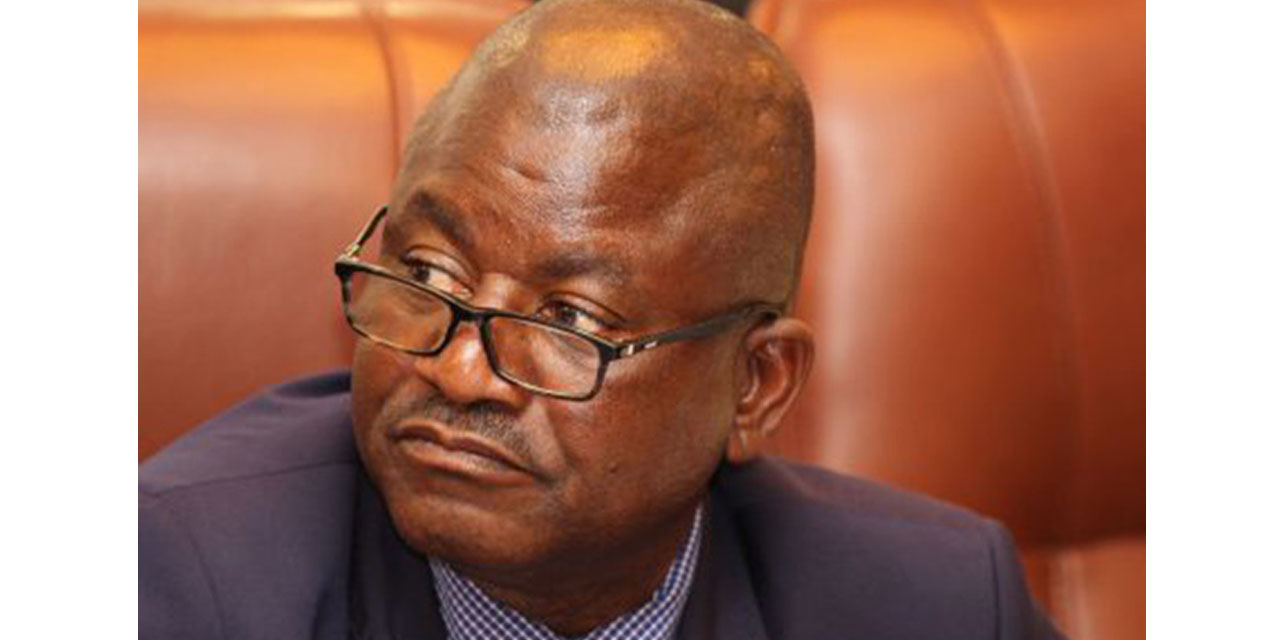Tujoromajo Kasuto
NamWater is owed a combined N$1,4 billion by customers, who continue defaulting on their water payments.
This was revealed by the Chief Executive Officer Abraham Nehemia at the signing ceremony of a letter of commitment between NamWater and Langer Heinrich Uranium Mine that will see the mine being reconnected to NamWater’s supply system.
Nehemia says that local authorities have been relaxed in terms of collecting debt and their new massive strategy of installing prepaid water meters in residential areas will mitigate this.
The CEO noted that they have started and debunked fears that since the commencement of the initiative the residents will be left without water one day if they don’t have the money pay water.
“It is going to go through proper consultations and preparations, so we will be able to know now what is happening with their accounts and bank balances, so that when they register we will know they are able to buy that water,” he said.
In terms of local authorities, he said, they must ensure they collect the money to buy more water to have sufficient supply.
“It is actually a process and at the start they are relaxing in terms of collection because even if they don’t collect, the water will flow. But with prepaid they will be forced to work harder to ensure they are able to buy, thus we are introducing prepaid to manage debt,” said Nehemia.
Meanwhile, in terms of the letter of commitment with Langer Heinrich, Namwater will supply the mine with desalinated water from the Orano plant and eventually from the SS1 Desalination Plant, when it is approved for implementation.
The mine was originally supplied from groundwater sources before being moved to the desalinated water source in 2013 when all the mines were moved to were supplied desalinated water, because of a lack of adequate water available from groundwater sources.
The parties also signed a Repayment Agreement for the pro rata share of the capital cost of the Wlotzkasbaken to Swakopmund Pipeline, which confirms capacity allocated to Langer Heinrich on this national asset, which was built on the back of increased mining demand and supply water into the intergraded bulk water supply system.
The repayment agreement is for LHU repaying a portion of the capital cost incurred for the reservation of capacity in the pipeline. Nehemia said it is important to point out that in terms of their supply model, the mines make a capital contribution to reserve capacity on a pipeline which remains a national asset supplying all customers. This comes after Namibian Government invested in a new 34km pipeline between Wlotzkasbaken and Swakopmund at a total cost of N$454 million, replacing the old pipeline from the Omdel Aquifer to Swakopmund to supply water to the uranium mines in the Erongo Region. “The investment in the pipeline allowed the corporation to connect the NamWater bulk supply system to the existing desalination plant owned by Orano Resources Namibia, and from which the mines are supplied water by NamWater. At the time of the ongoing ‘care & maintenance” LHU and NamWater agreed to suspend the payment obligations relating to the Wlotzkasbaken and Swakopmund pipeline, with the condition that when the
mine returns to operations, the outstanding obligation on the pipeline will be settled before water supply can be restored,’’ Nehemia explained.




